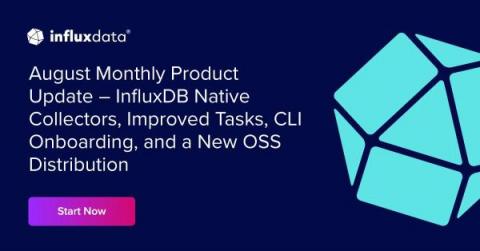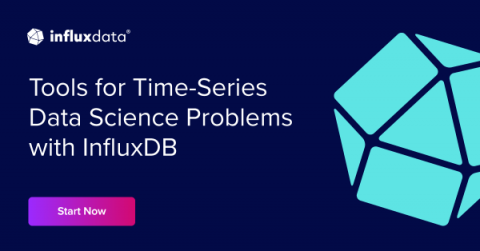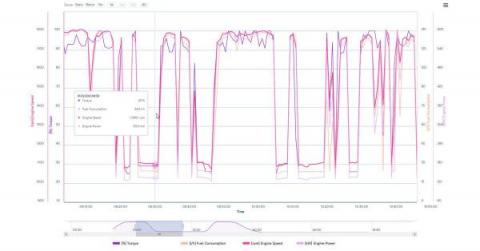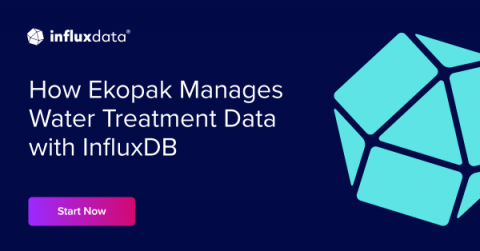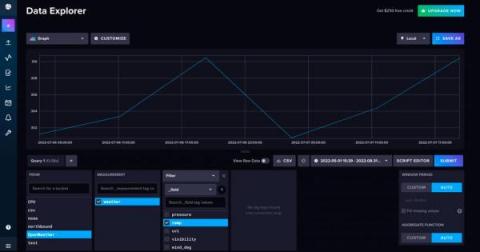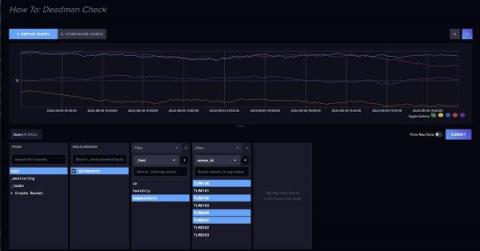August Monthly Product Update - InfluxDB Native Collectors, Improved Tasks, CLI Onboarding, and a New OSS Distribution
We love to write and ship code to help developers bring their ideas and projects to life. That’s why we’re constantly working on improving our product in sync with developer needs to ensure their happiness and accelerate Time To Awesome. This month is special. We have many features that we think you will love when onboarding or continuing to use InfluxDB. We launched Native Data Collectors this month.


